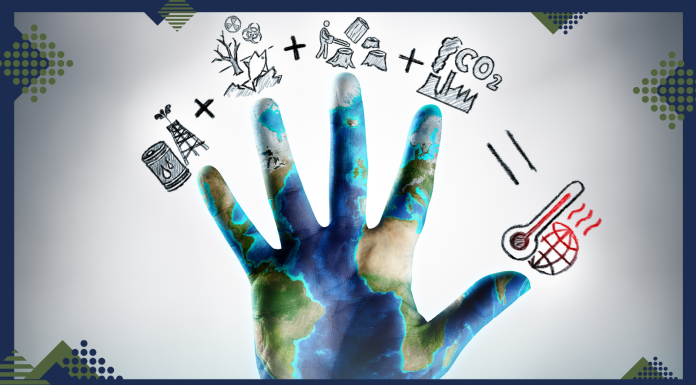Written by: Farhana Parvin
This year, Bangladesh has seen its highest number of olive ridley turtle eggs, thanks to extensive conservation actions, including building awareness among local people and the vigilance of local conservation groups to ensure favorable conditions for...
Written by: Geoffrey Holland
"At the current rate of loss, some 12 million hectares of agricultural land per year are rendered useless, an area equivalent to the arable land of Germany, Poland, or Ethiopia.”
Phillip Lymbery, Sixty Harvests Left
Early in the...
Written by: Mohan Qin
It’s become common to read that microplastics – little bits of plastic, smaller than a pencil eraser – are turning up everywhere and in everything, including the ocean, farmland, food and human bodies. Now a new term...
Written by: Kimberly White
The Smokey Bear wildfire prevention campaign was launched in 1944 and is the longest-running public service campaign in U.S. history. Smokey Bear has been protecting the forest community and teaching Americans wildfire prevention for generations with...
Written by: Grace M. Jaramillo
Across the world, climate change disproportionately impacts the lives of girls, yet children are often forgotten in climate policy. I recently led a team of student researchers from the University of British Columbia to better understand...
Written by: Erik Hoffner
January brought a pair of rough storms to the northeastern U.S. They hit when the tides were high and pushed higher than normal by rising sea levels, setting numerous high-water records and prompting Maine Governor Janet Mills to...
Written by: Preety Sharma and Ayeshah Haque
This year, organizers of Earth Day are calling for widespread climate education as a critical step in the fight against climate change.
A new report, released in time for global attention for Earth Day on April 22, highlights the...
Written by: Geoffrey Holland
"The Earth is what we all have in common."
Wendell Berry, American Cultural Critic
Humanity, all of humanity, has arrived at a daunting point of reckoning. All of the world's people—all genders, ethnicities, and nationalities—are caught up in...
Written by: Elliot Honeybun-Arnolda and Lucas Friche
“Progress! What progress? You’ve removed the river. Destroyed nature. Driven the animals out!” said Snufkin to the park-keeper in Melody of Moominvalley.
The recent release of the video game Snufkin: Melody of Moominvalley marks a continued...
Written by: Dr. Jane Goodall, DBE
I travel around the world 300 days a year, and everywhere, I meet young people who have lost hope. And we know that suicide rates are going up. If all our young people lose...













